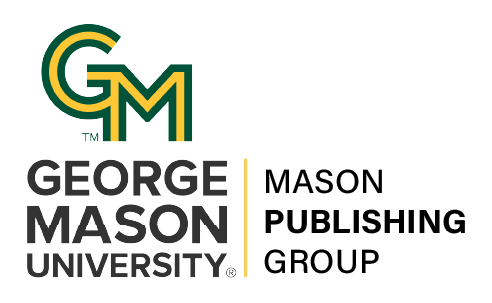SOTL: Adopting the AACU âValue Rubrics" to Develop Habits of Mind
DOI:
https://doi.org/10.13021/G8itlcp.10.2018.2298Abstract
Note: This talk is part of a single SoTL session that runs from 1-2:30pm in JC Room B and includes a series of "lightning talks" that are ~5 minutes each followed by a roundtable discussion about the projects and SoTL in general. This is a great session for those interested in learning the outcomes of SoTL efforts, those interested in how to start their own SoTL project, and for experienced researchers who are interested in learning about other approaches and methodologies.
BRIEF SESSION DESCRIPTION:
The Association of American Colleges and Universities has created and made publicly available on the internet a wonderful set of 16 âVALUE rubricsâ. Developed from the work of many faculty experts representing colleges and universities across the United States, these rubrics were designed to create a basic framework of expectations that can be of help in evaluating and discussing student learning. And they were designed to serve as a tool that that can be translated into the language of individual campuses, disciplines, programs and courses. They represent a significant untapped resource available for educators today. Faculty will be able to see the features of these rubrics that set them apart; where they can found on the internet and downloaded; and how they they can be modified to fit most any course or program.
_______________________________________________________________
FULL ABSTRACT:
The Association of American Colleges and Universities has created and made publicly available on the internet a wonderful set of 16 âVALUE rubricsâ. Unfortunately, many faculty members do not know that they exist. Developed from the work of many faculty experts representing colleges and universities across the United States, these rubrics were designed to create a basic framework of expectations that can be of help in evaluating and discussing student learning. And they were designed to serve as a tool that that can be translated into the language of individual campuses, disciplines, programs and courses. They represent a significant untapped resource available for educators today.
Faculty will be able to see the features of these rubrics that set them apart; where they can found on the internet and downloaded; and how they they can be modified to fit most any course or program.




